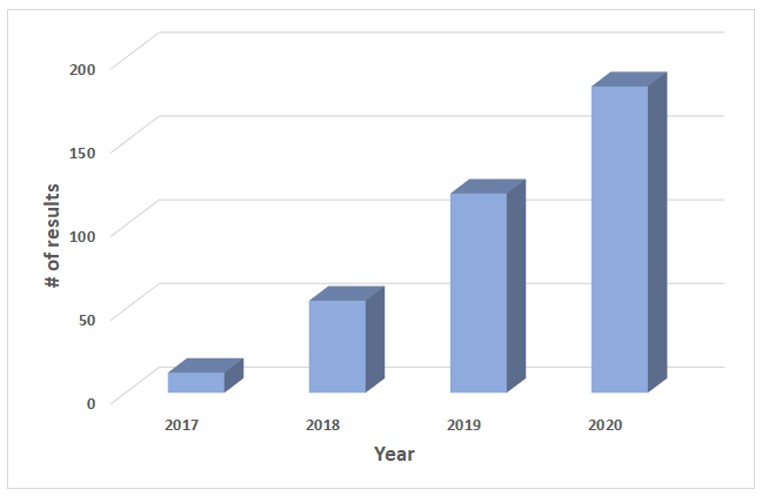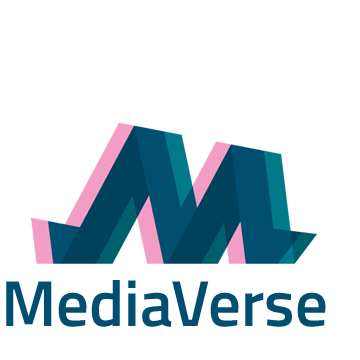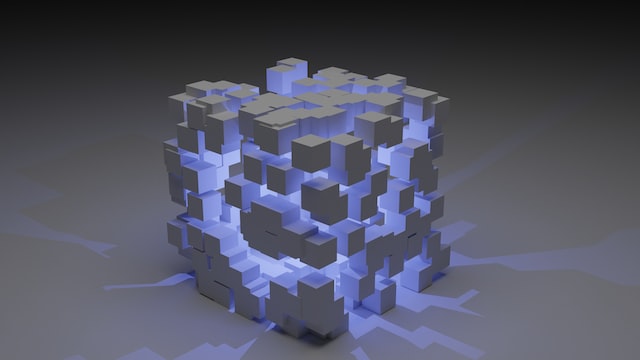After the previous Blogposts on the Blockchain fundamentals, Crypto-assets, and Non‑fungible Tokens, the following one regards Blockchain Interoperability, a particular characteristic of standardised Crypto‑assets used in MediaVerse (e.g., ERC-20, ERC-721, ERC-1155, etc.), which enable to potentially migrate them on any supported Blockchain (advanced readers may find further detailed information in “D4.1 – Copyright and Procedures for IPR Definition”).
Blockchain Agnosticism and Interoperability
According to the Oxford English Dictionary, interoperability is “the ability of computer systems or software to exchange and make use of information”. In the case of blockchain, it has the potential to break the silos and create a network of blockchains. It is a catalyst for the broader adoption of blockchain and cryptocurrencies. We are observing the explosion of blockchain-based platforms, solutions, and cryptocurrencies. The Global Standards Mapping Initiative (GSMI), promoted by the Global Blockchain Business Council (GBBC) and the World Economic Forum, has surveyed 379 industrial groups, more than 30 technical standardisation entities, and 185 jurisdictions.
This results not only in challenges related to transferring or migrating virtual assets from one blockchain to another but also in interpreting, correlating, or converting information in blockchain transactions on the same blockchain (e.g., converting token A into token B), as well as forcing users to be active on many different blockchains. Currently, interoperability among blockchains is usually based on a third party that mediates the transfer of virtual assets. These third parties are typically centralised, hub-and-spoke, asset-exchange entities (i.e., crypto-exchange), which control the transfer of the assets and diminish the blockchain autonomy and scalability. Additionally, asset owners using these asset-exchange facilities must usually have a relationship (e.g., an account) with them and must pay for the provided service, further impacting costs and privacy.
This situation is fostering activities on blockchain interoperability. For example, the InterWork Alliance (IWA) is working on a relevant Token Taxonomy Framework to define and scope the token concept in an agnostic specification concerning the specific underlying blockchain technology. This framework will help stakeholders develop new blockchain-based technologies and business models starting from a common but technology-neutral ground.
Figure 2 [NP1] reports the number of papers indexed by Google Scholar on “blockchain interoperability”.

Figure 1: Google Scholar Research trends on blockchain interoperability

